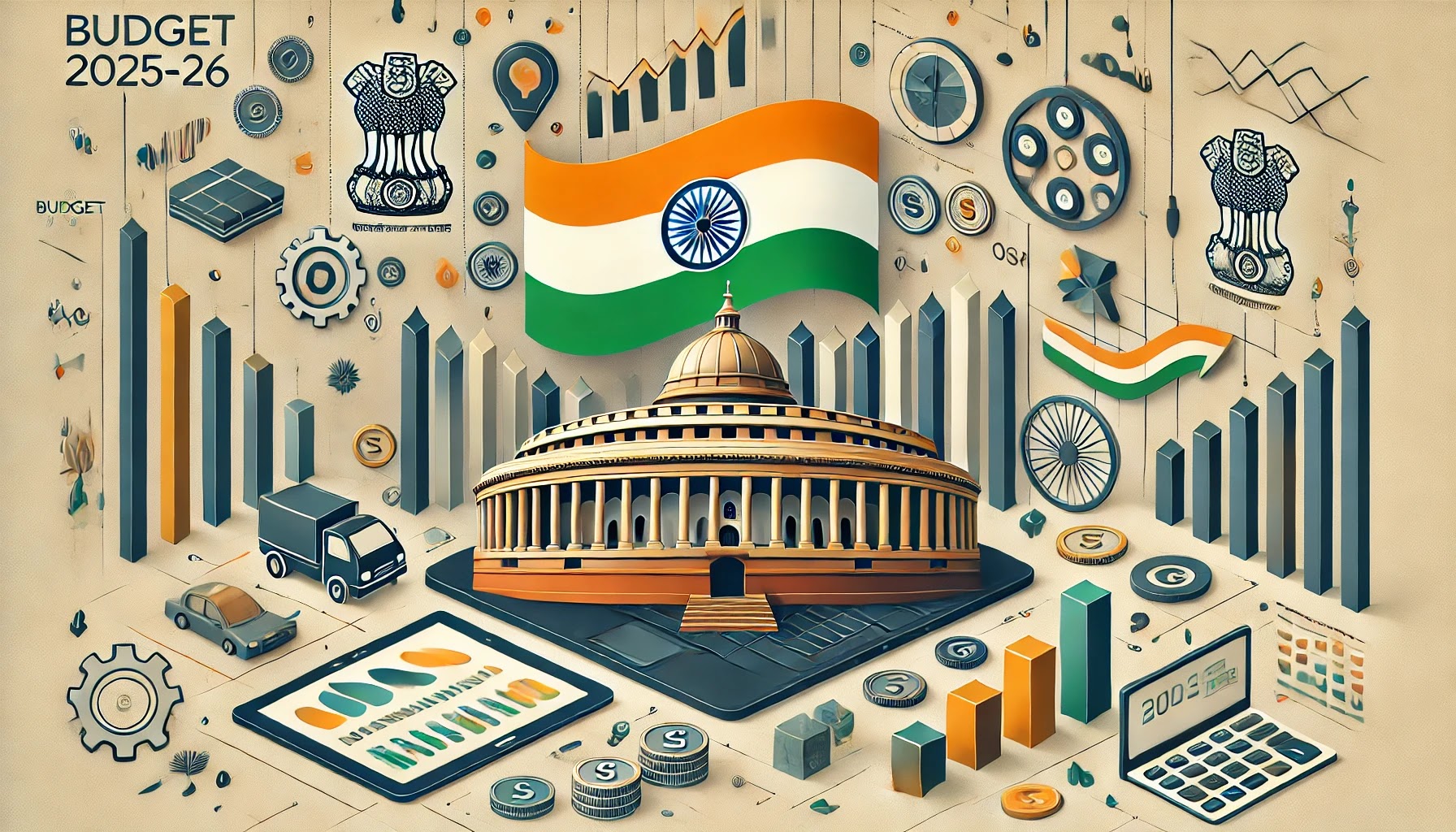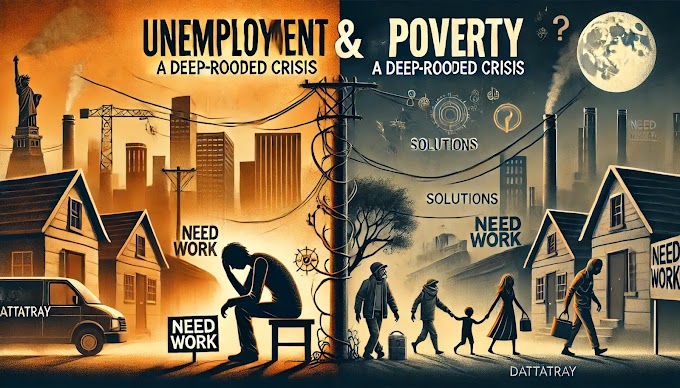The Circular Economy: A Pathway to Sustainable Prosperity
Introduction:
In an era marked by resource depletion and environmental degradation, the concept of the circular economy has gained momentum as a transformative economic model. Unlike the traditional linear economy, where resources are extracted, used, and discarded, the circular economy aims to close the loop by minimizing waste and maximizing the value of resources. This article delves into the principles of the circular economy, its benefits, and its potential to create a more sustainable and prosperous future.
Understanding the Circular Economy:
The circular economy is a regenerative economic system that focuses on decoupling economic growth from resource consumption and environmental harm. It is based on three core principles:
a) Design for Longevity: Products are designed to last longer, be easily repairable, and modular in structure, allowing for components to be easily replaced or upgraded.
b) Maintain and Extend Product Lifespan: Through repair, refurbishment, and remanufacturing, products can be given a second life, reducing the need for new resource extraction.
c) Efficient Resource Use: Resources are used efficiently and effectively throughout the entire lifecycle, minimizing waste generation and environmental impact.
Benefits of the Circular Economy:
a) Reduced Environmental Impact: The circular economy reduces the demand for raw materials, energy consumption, and waste generation. This leads to a significant decrease in carbon emissions and other pollutants, helping combat climate change and protect ecosystems.
b) Economic Growth and Job Creation: Embracing circular practices can stimulate economic growth by creating new markets for repair, remanufacturing, and recycling. A study by the Ellen MacArthur Foundation estimates that adopting circular economy principles could generate $1 trillion in annual economic benefit by 2025.
c) Resource Security: The circular economy reduces dependency on scarce resources by promoting recycling and reuse, ensuring a more stable supply chain and mitigating the risks associated with resource scarcity.
Real-world Examples:
a) Textile Industry: The fashion industry, notorious for its waste and resource-intensive practices, is slowly adopting circular principles. Brands are introducing take-back programs, recycling initiatives, and designing products with longevity in mind.
b) Electronic Waste: E-waste is a significant environmental concern due to toxic materials and valuable resources it contains. Circular practices involve responsible recycling and refurbishment, extending the life of electronics.
c) Automotive Sector: The automotive industry is exploring remanufacturing processes, where used components are restored to their original condition. This reduces the need for new parts and conserves resources.
Challenges and Barriers:
a) Shift in Mindset: Transitioning to a circular economy requires a shift in both consumer and business mindsets. Embracing durability over disposability may require rethinking purchasing behaviors.
b) Infrastructure and Technology: The circular economy relies on advanced recycling and remanufacturing technologies. Developing and implementing these technologies can be challenging for some sectors.
c) Policy and Regulation: Governments need to create an enabling environment through policies that incentivize circular practices and penalize wasteful behaviors.
Conclusion:
The circular economy presents a compelling vision for a sustainable and prosperous future. By adopting the principles of design for longevity, maintaining product lifespan, and efficient resource use, we can transition from the current linear consumption patterns to a regenerative and environmentally responsible economic model.
The circular economy is not just an aspiration; it is a necessity. As the world grapples with the challenges of resource scarcity, climate change, and environmental degradation, embracing circular practices becomes crucial. Through collaboration between governments, businesses, and consumers, we can pave the way for a more resilient and sustainable economy that benefits both present and future generations.
Thanks For Reading ( Have A Great Week :)
. . .
"There is no limit for us, Keep pushing" - Thought








.png)

.png)

.gif)
.png)
0 Comments